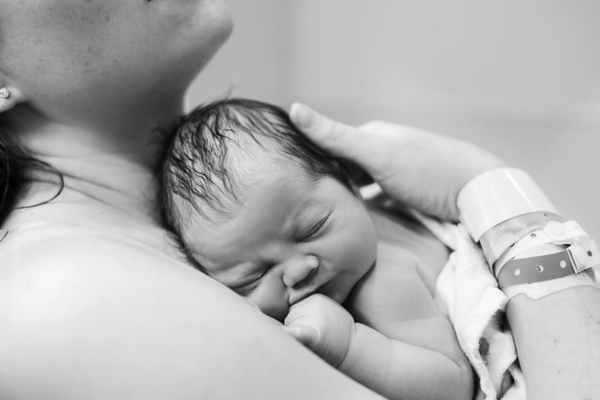Nowadays, most pregnant women are very well-informed about labour and birth and many draw up a birth plan for the baby's arrival.
A birth plan is a document that lets medical staff know your preferences on things such as pain management.
Keep in mind that you can't control every aspect of labour and delivery, and the birth may be completely different to how you imagined it.
There's no standard way to give birth and assessing all the options and their pros and cons can help you formulate a plan.
Always inform your midwife or doctor about your plans well in advance of the birth.
1. C-section
A C-section is the delivery of a baby through an incision through the mother's abdomen and uterus.
C-sections are often performed when there is more than one baby, when the baby is in an awkward position, for an unusually large baby and if the mum has had more than one C-section previously.
C-sections are usually not scheduled before 39 weeks but occasionally earlier in cases where the mother's or baby's health is in danger.
You will be awake for the procedure but you will have a local anaesthetic to your lower half.
Your midwife will be able to advise you on whether you may need a C-section.
You will need significant rest after having a C-section and you will need to stay in hospital for a few days.
Expect permanent scarring on your abdomen after a C-section and allow six weeks to recover completely.
Like all major surgeries, C-sections pose an infection risk, so be alert to signs of infection, such as a high temperature after the birth.
2. Water birth
A water birth allows the mum to spend the final stages of labour in a large birthing pool and delivery can take place in or out of the pool.
Many mums find the water soothing and it allows them to be more relaxed during labour.
You may be worried that your baby will not be able to breathe but babies born in water are protected by the "dive reflex".
Your baby will instinctively close their airway, stopping them from breathing in water.
If your midwife suspects a problem with you or the baby, you may not be able to give birth in water.
Your baby's heart rate will be closely monitored throughout labour.
3. Drug-free birth
Some women prefer to be as active as possible during labour and don't want to have an epidural or any kind of medication.
The advantages of this are you will be more alert and won't suffer grogginess from drugs administered.
So you may remember your baby's birth more vividly but be aware by forgoing medication, you must accept the potential for pain and discomfort.
Remember a natural drug-free birth may be difficult in cases of prolonged labour or complicated delivery.
4. Home birth
Home birth is an option available to healthy women with low-risk pregnancies.
You may feel more secure and relaxed in your own home with the assistance of a doula or community midwife.
Mums who have already have children may feel happier being at home with them also.
Before planning a home birth, ask medical advice and understand the risks involved.













